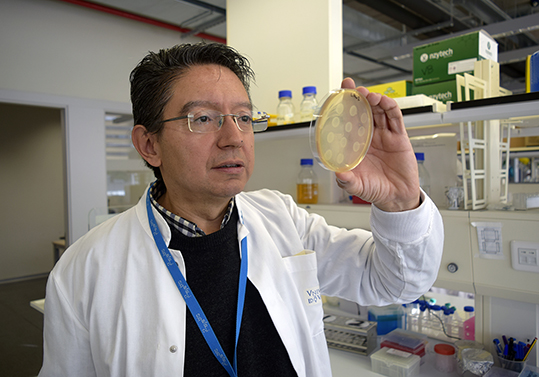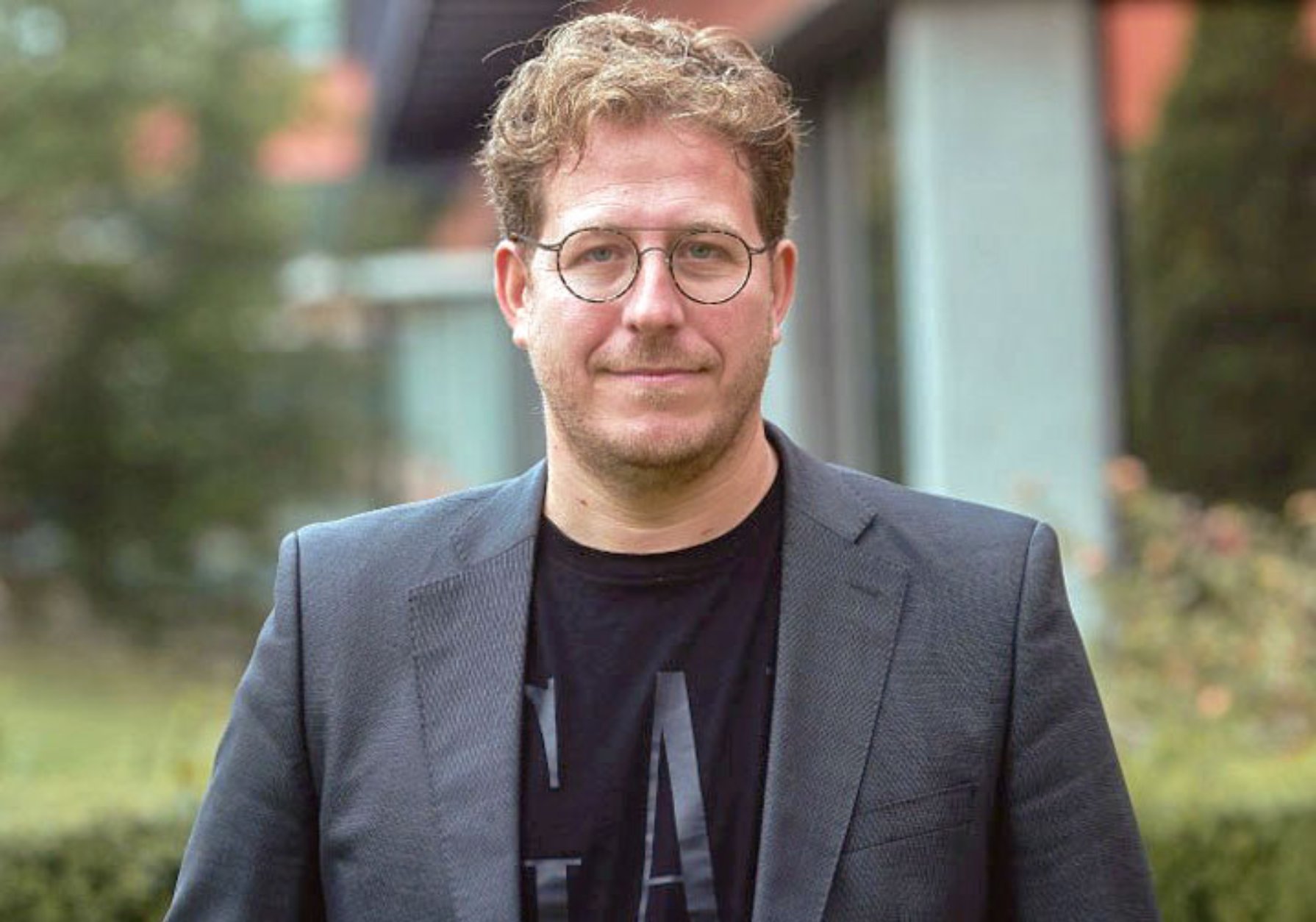Bacteria taught to ‘read’ Morse code signals
- Parc Científic
- December 21st, 2022

A project of the Institute for Integrative Systems Biology (I2SysBio, UV-CSIC) researches genetically modified bacteria so that they learn to decode a message. It is the first step to use nature as a supercomputer, creating neural networks of living organisms connected to each other, like on the planet Pandora from Avatar.
The project applies genetic engineering to bacteria to make them capable of reacting to a stimulus associated with a signal from a linguistic code. The goal is for this population of bacteria to be able to ‘read’ Morse code, a next step for using living organisms in computing. The idea behind the project is to test whether living beings such as bacteria can create neural networks that allow them to have artificial intelligence.
Biological computing studies how to use elements of nature to process and store information. Like any other branch of computing, it is based on the combination of hardware – living cells – and software. In this case, a population of bacteria of the Escherichia coli species is genetically modified so that it reacts to a certain signal and provides a computer that does not need software.
These bacteria are capable of learning thanks to the fact that a memory has been incorporated into their genes. “Now we are designing intelligent bacteria that are capable of decoding signals”, says Alfonso Jaramillo, director of the De Novo Synthetic Biology Laboratory, at I2SysBio, and head of the project.
The principle they apply is based on Physics, on the phenomenon known as resonance. “The particles that make up matter have a characteristic vibration frequency. If you act on them with the same frequency, they will vibrate with the maximum possible amplitude”, explains Jaramillo, who began his research career as a theoretical physicist at the Institute of Corpuscular Physics (IFIC), another mixed centre of the UV and the CSIC, in the Science Park of the University of Valencia.
What Jaramillo’s team does is modify some genes of the bacteria so that they react to a signal, in this case a chemical pulse with a specific time duration such as Morse code signals. The ‘instructions’ of the resonance are stored in the memory of the bacteria. Upon receiving the programmed signal, the bacteria generate proteins that cause the bacteria to light up – fluorescence –, in a process similar to that of the synapses in the human brain.
Using fungi as a supercomputer
“This way, we obtain a neuromorphic system, a population of bacteria that functions as a super neuron”, describes the CSIC scientist at I2SysBio. According to Jaramillo, in the future the sum of the reactions of this population of bacteria would be capable of decoding any letter of the Morse code. At the moment, they could only read one letter at a time, but this is the first step to create in living organisms what is known in computing as an ‘artificial neural network’, a concept inspired by biology where a set of units – neurons – are connected to each other to transmit signals.
“If we could use this system in fungi, which have been shown to be capable of conducting electricity and creating networks between trees, we could create something similar to the planet Pandora from the movie Avatar”, says Jaramillo.
The project has received funding from the State Research Agency of the Ministry of Science and Innovation and the United States Office of Naval Research.
More information:
R&D Projects Generation of Knowledge. PID2020-118436GB-I00. Adaptive Genetic Circuits.
File in: Recerca, innovació i transferència , Institut de Biologia Integrativa de Sistemes (I2SYSBIO) , Parc Científic
















